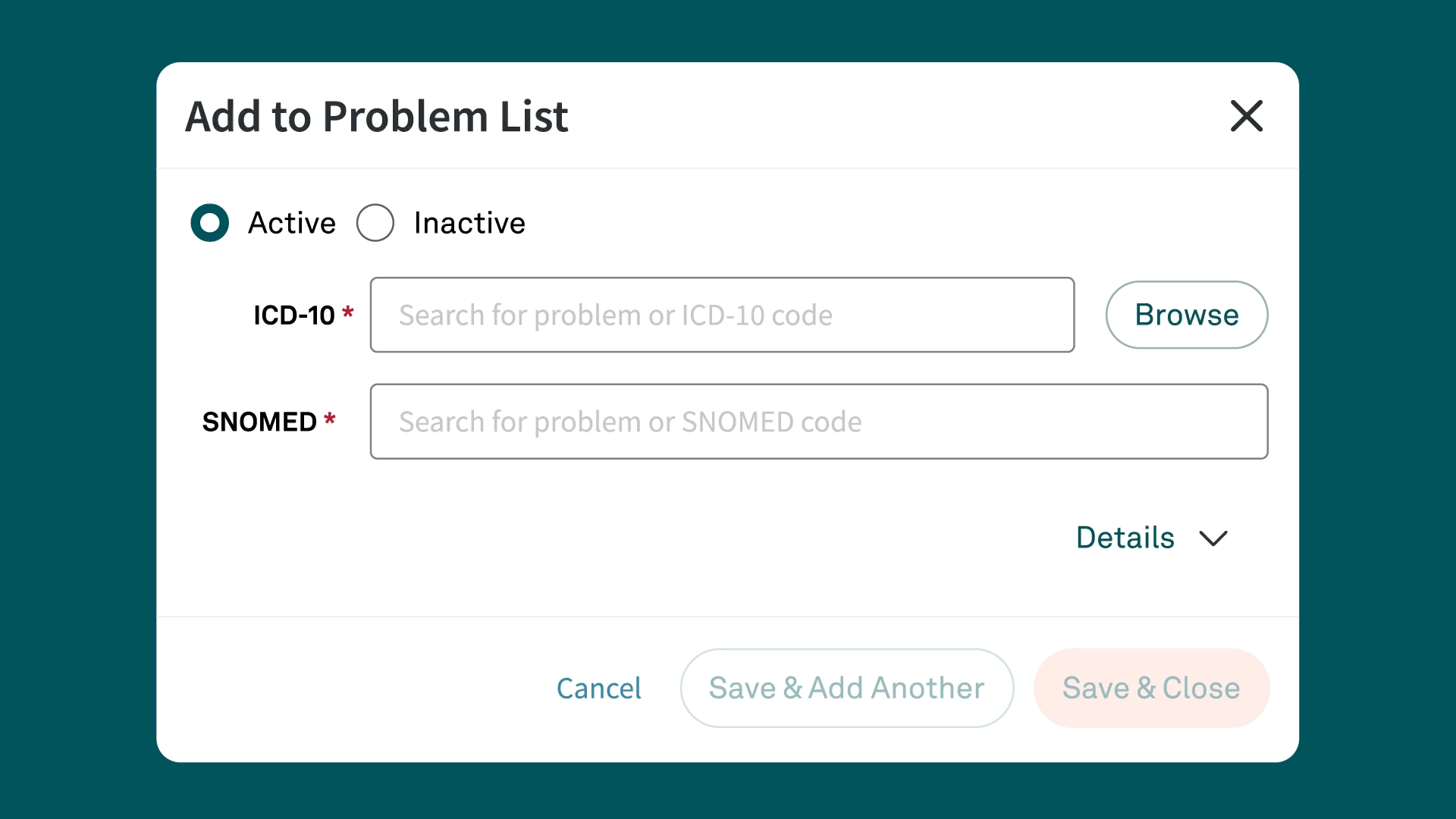ICD-10 Code C50.912
Malignant neoplasm of unspecified site of left female breast
What is the code C50.912?
ICD-10-M code C50.912 refers to "malignant neoplasm of unspecified site of left female breast." This code is used in medical coding to document cases where a malignant (cancerous) tumor is identified in the left breast, but the specific site within the breast is not specified.
Download your free resource now
Access it instantly — just complete the form

Detailed description of C50.912
C50.912 is part of the International Classification of Diseases, 10th revision, Clinical Modification (ICD-10-CM) coding system, which is used to classify and code diagnoses, symptoms, and procedures recorded in conjunction with medical care in the United States. This particular code falls under the category of malignant neoplasms of the breast. The term "malignant neoplasm" refers to cancer that can grow and spread to other parts of the body. When the exact location of the tumor within the left breast is not detailed in the medical records, C50.912 is the appropriate code to use.
Symptoms commonly associated with C50.912
Patients with a malignant neoplasm of the left breast may experience a variety of symptoms, including but not limited to:
- A lump or mass in the breast
- Changes in breast shape or size
- Skin changes on the breast, such as dimpling or redness
- Nipple discharge, which may be clear or bloody
- Pain or tenderness in the breast or nipple
- Swelling in part or all of the breast
It is important to note that these symptoms can also be associated with benign breast conditions and other non-cancerous issues.
Related and similar ICD-10 codes
There are several related ICD-10 codes that may be used based on the specific location of the breast cancer and the gender of the patient:
- C50.911: Malignant neoplasm of unspecified site of right female breast
- C50.919: Malignant neoplasm of unspecified site of unspecified female breast
- C50.922: Malignant neoplasm of unspecified site of left male breast
- C50.929: Malignant neoplasm of unspecified site of unspecified male breast
Appropriate usage and guidelines for C50.912
When using the ICD-10 code C50.912, ensure that the documentation supports the use of this code. This means that the medical records should indicate the presence of a malignant neoplasm in the left breast without specifying the exact location within the breast. If the specific site is documented, use a more precise code. The code is only used for female patients; a different code should be used for male patients with breast cancer. If the patient is trans, consult with payors for specific policies.
Additionally, use the code in conjunction with other relevant codes to provide a comprehensive picture of the patient's condition. For example, codes for hormone receptor status, lymph node involvement, and metastasis may also be necessary.
Common pitfalls in coding with C50.912
One common pitfall is using C50.912 without proper documentation. Ensure that the medical records clearly indicate that the neoplasm's specific site within the left breast is not specified. Another issue is the incorrect use of this code when a more specific code is appropriate. Always review the patient's medical records thoroughly to determine the most accurate code.
Additionally, it's important to differentiate between malignant and benign neoplasms. Using C50.912 for a benign tumor would be incorrect and could lead to issues with billing and insurance claims.
Key resources for C50.912 coding
For accurate and up-to-date information on coding with C50.912, consider the following resources:
- ICD-10-CM Official Guidelines for Coding and Reporting: These guidelines provide comprehensive instructions for using ICD-10 codes.
- Centers for Medicare & Medicaid Services (CMS): CMS offers a wealth of resources and updates on coding practices, including webinars, manuals, and bulletins.
- Professional coding organizations: Organizations like the American Health Information Management Association (AHIMA) and the American Academy of Professional Coders (AAPC) offer educational resources, certifications, and support for medical coders.
- Coding reference books and software: Reference materials such as the ICD-10-CM codebook can support medical coders and providers.
These resources provide comprehensive guidelines and updates on ICD-10 coding practices.
Conclusion
Use ICD-10 code C50.912 to document cases of malignant neoplasm in the left female breast when the specific site is not specified. Accurate coding supports proper diagnosis documentation, billing, and insurance claims. Understanding the symptoms, related codes, appropriate usage, and common pitfalls can enhance the accuracy and efficiency of medical coding for physician practices. Leveraging key resources can further ensure adherence to current coding standards and practices.
Simplify ICD-10 code documentation with Tebra
Tebra’s EHR+ gives you quick searches and Systematized Nomenclature of Medicine (SNOMED) field names for efficient code documentation. Plus, Tebra automatically saves ICD-10 to SNOMED mapping for future searches, streamlining your workflow.

Discover how Tebra helps providers effortlessly document health-related issues and conditions in this detailed post.
Stay Ahead with Expert Healthcare & Billing Insights
Get the latest industry updates, financial tips, and expert strategies — delivered straight to your inbox.


